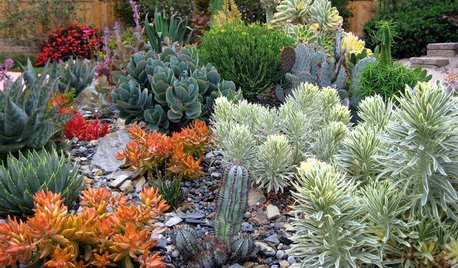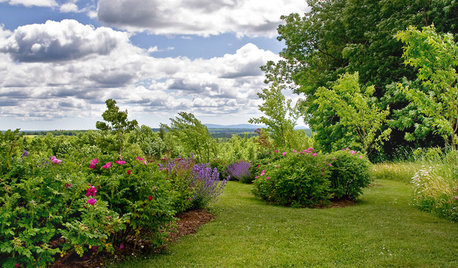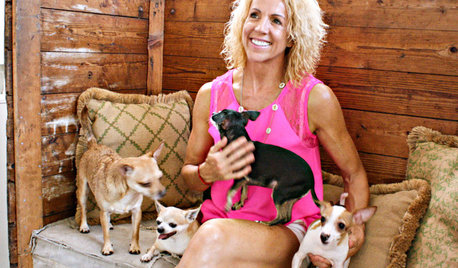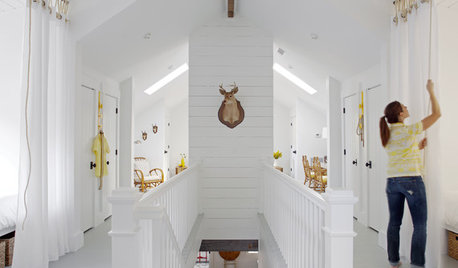Planting guide
Brandysmbj
13 years ago
Related Stories

GARDENING GUIDESA Beginner’s Guide to Growing Succulents
Their easy-care reputation is well-deserved, but a little TLC will turn succulents into star plants
Full Story
PETSPet-Proofing Your Home: A Room-by-Room Guide
Not all pet dangers are obvious. Keep furry friends safe and sound by handling all of these potential hazards
Full Story
LANDSCAPE DESIGNYour Mini Guide to Great Garden Edges
Get the scoop on trenches to the skinny on bender board, to help keep your garden beds as tidy as you like
Full Story
HEALTHY HOMEA Guide to Indoor Air Purifiers
Get the lowdown on air filtration systems for your house and the important ratings to look out for
Full Story
GARDENING FOR BUTTERFLIESA Quick-Start Guide to Bird-Watching for Fun and Learning
Set out some seed and grab your field guide. Bird-watching is an easy, entertaining and educational activity for the whole family
Full Story
PATIOSYour Guide to 10 Popular Landscape Paving Materials
To choose the best paving for your landscape, look at climate, cost and context
Full Story
DECLUTTERINGClutter vs. Keepers: A Guide to New Year's Purging
Simple questions to get in touch with your clutter comfort level — and figure out what needs to go
Full Story
DECORATING GUIDESColor Guide: How to Work With Red
Sizzling or sedate, red is not for the timid. Here's how to use its boldness to make your rooms come alive
Full Story
DECORATING GUIDESAn Expat’s Guide to Making a Home Away From Home
How do you stay balanced when each foot is in a different culture? You take a stand where you hang your hat
Full Story
DECORATING GUIDESColor Guide: How to Work With Bright White
There's a reason clean, crisp white is the eternal standard for walls. See how it can take your rooms from pallid to pleasing
Full StoryMore Discussions







soonergrandmom
cjlambert
Related Professionals
Wrentham Landscape Architects & Landscape Designers · Middle River Landscape Architects & Landscape Designers · Panama City Landscape Architects & Landscape Designers · Saint Charles Landscape Architects & Landscape Designers · Cockeysville Landscape Contractors · East Lake-Orient Park Landscape Contractors · Fort Hunt Landscape Contractors · Fort Mill Landscape Contractors · Hurricane Landscape Contractors · Rochester Landscape Contractors · Eastlake Landscape Contractors · Fort Myers Decks, Patios & Outdoor Enclosures · Justice Decks, Patios & Outdoor Enclosures · Orange County Decks, Patios & Outdoor Enclosures · Schaumburg Decks, Patios & Outdoor Enclosuresslowpoke_gardener
Okiedawn OK Zone 7
BrandysmbjOriginal Author
Okiedawn OK Zone 7
redbirdroad